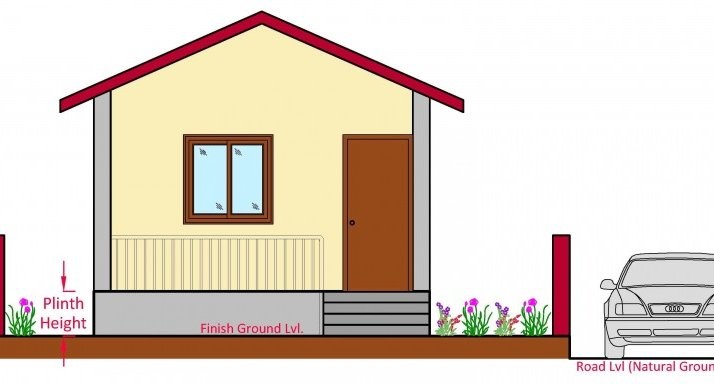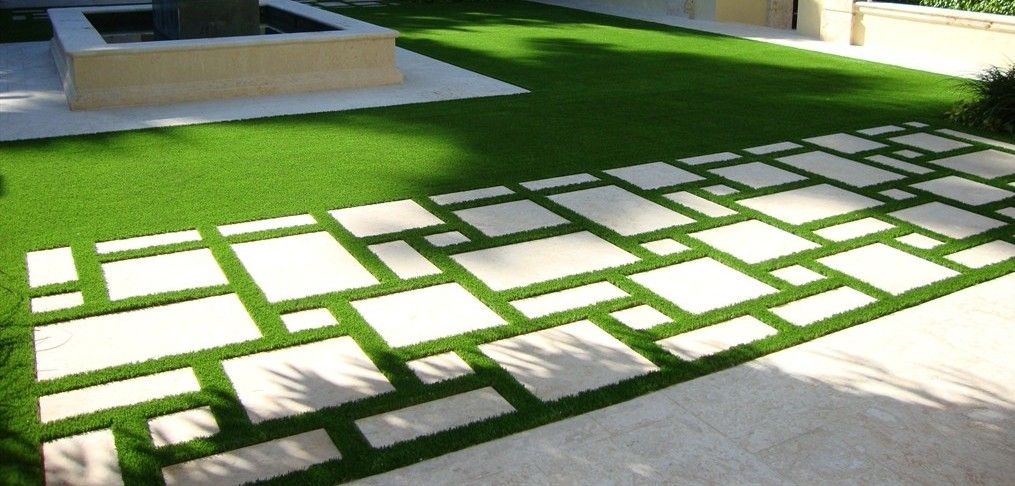Property destruction as a result of flooding even when low amounts of rainfall are being experienced has become quite common. This worrying trend points to a disregard of basic storm water drainage principles.
Whereas every home has some level of risk for flooding, there are several things that you can do to help minimize this.
We have listed down some tips to follow during construction that will assist in draining the excess water that comes during storms.
1. Location
One of the best ways to protect houses from flooding is by paying careful attention to the location of your home. In a previous article, we wrote extensively on what to look out for when purchasing land with an intention of building.
By all means avoid flood prone areas. Ensure the topography of the piece of land will allow you to drain away water. This could be because either the soil doesn’t pool up water or that the property is slightly sloped, or is highly elevated so it doesn’t collect much water.
2. Flooding prevention when Building near a water way
Mother nature can be very unforgiving if you encroach on what’s rightfully hers. That’s why it is very important to carry out site surveys before construction, including checking any available flood data from meteorological department if you are to build next to lakes, rivers, dams and swamps.
Government regulations require a developer to leave enough space between the boundary wall and a water body. In most cases, developers use the six- to 30-metre rule (above the high water mark) under the Environmental Management and Conservation Act.
3. Build above the road level
The ground floor slab (also referred to as a plinth) is normally constructed just above the ground level and immediately after the foundation. It raises the floor above the ground level, preventing surface water from entering the building.

Under no circumstance should the plinth level of your building become lower than the adjoining road level since you will be unable to discharge storm water during rain from your plot. The water would get collected in the plot and the land would remain submerged till the water dries out.
It is also advisable to keep the land sloping downwards towards the road, so that water will drain out faster.
4. Storm water Drainage Systems
When rain hits the hard, impervious surfaces associated with modern life – driveways, sidewalks, streets, rooftops, parking lots –it should be channeled towards storm water drainage systems.
Such systems should be well maintained since if they get backed up, then rain will build up instead of flowing away from your home. Regularly clean your gutters and downpipes to prevent water from pooling around your foundation. It’s also important to keep your ditches and drains clean so they don’t overflow.
5. Landscaping
The increase in population means that we are building more and reducing the land where runoff water used to drain. Instead of building up the whole area, you can leave some land where water can seep through the ground.
You can eliminate paved surfaces or install alternatives by incorporating green infrastructure such as planting gardens and trees in your lawns instead of having impervious concrete/tarmac in paths, patio or areas surrounding your home.

Alternatively you can opt to use a “porous pavement” made from interlocking cement blocks that allow spaces for rainwater to seep into the ground. If you must pour concrete, keep the paved area as short and narrow as possible.







